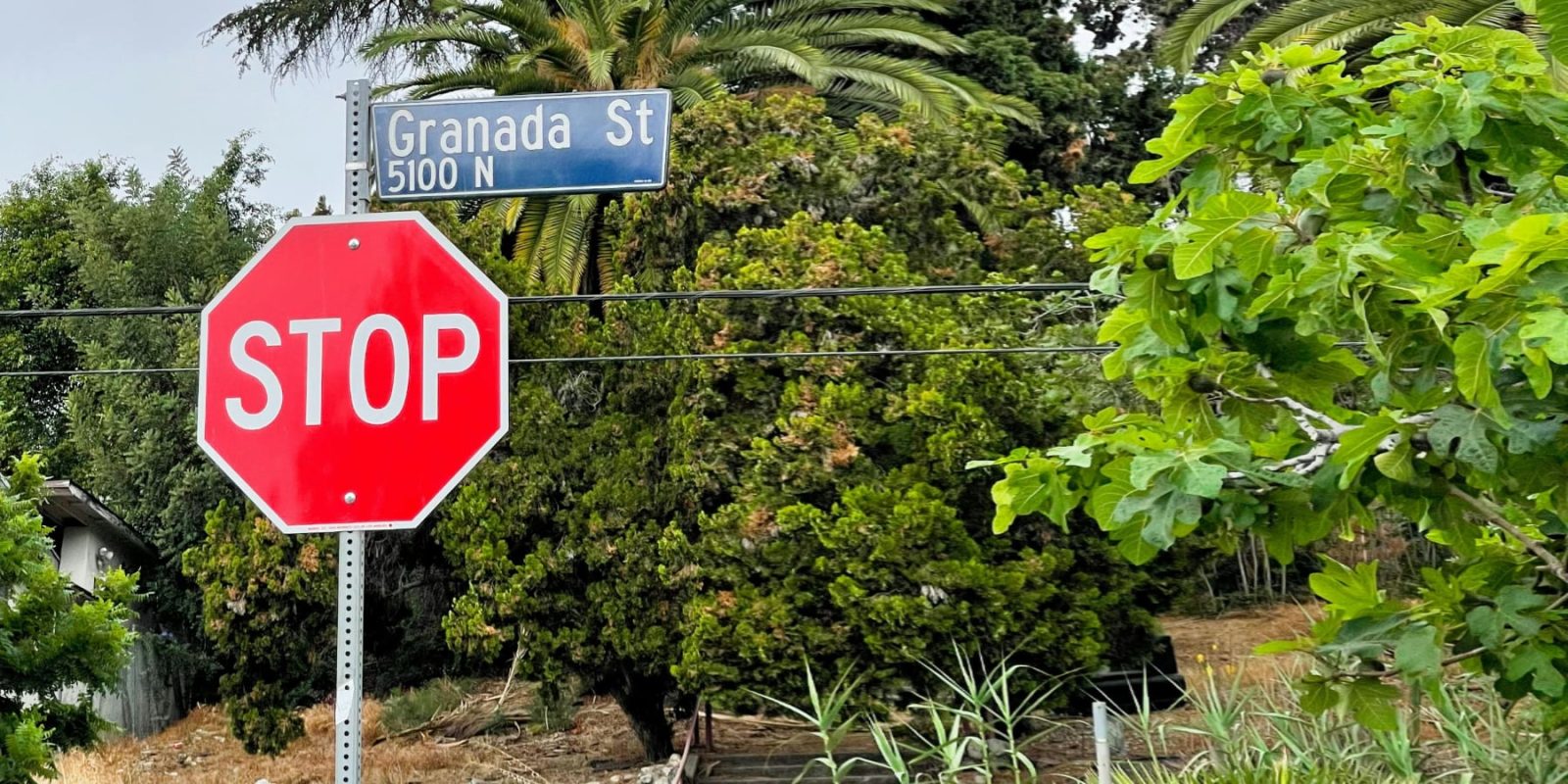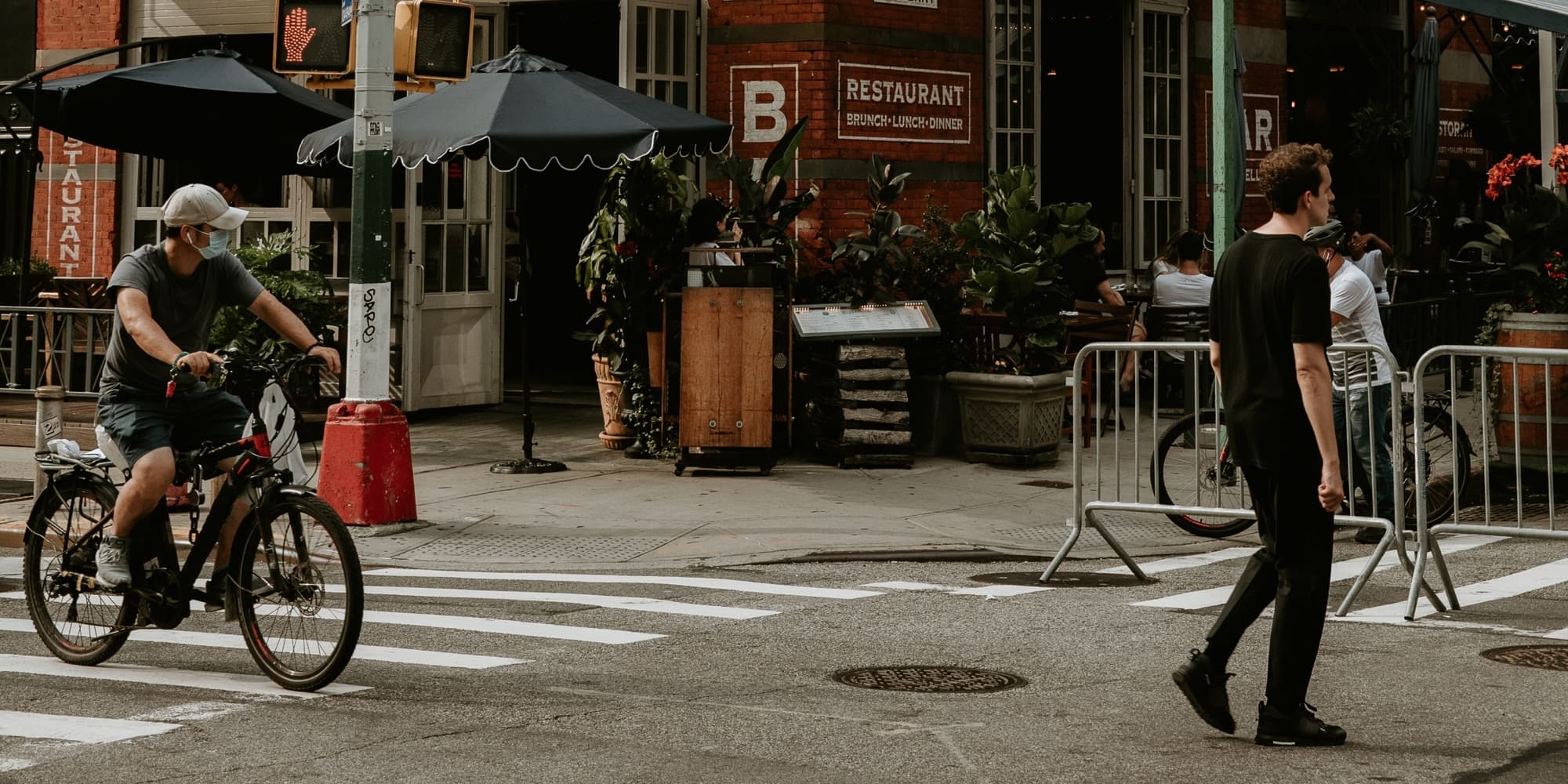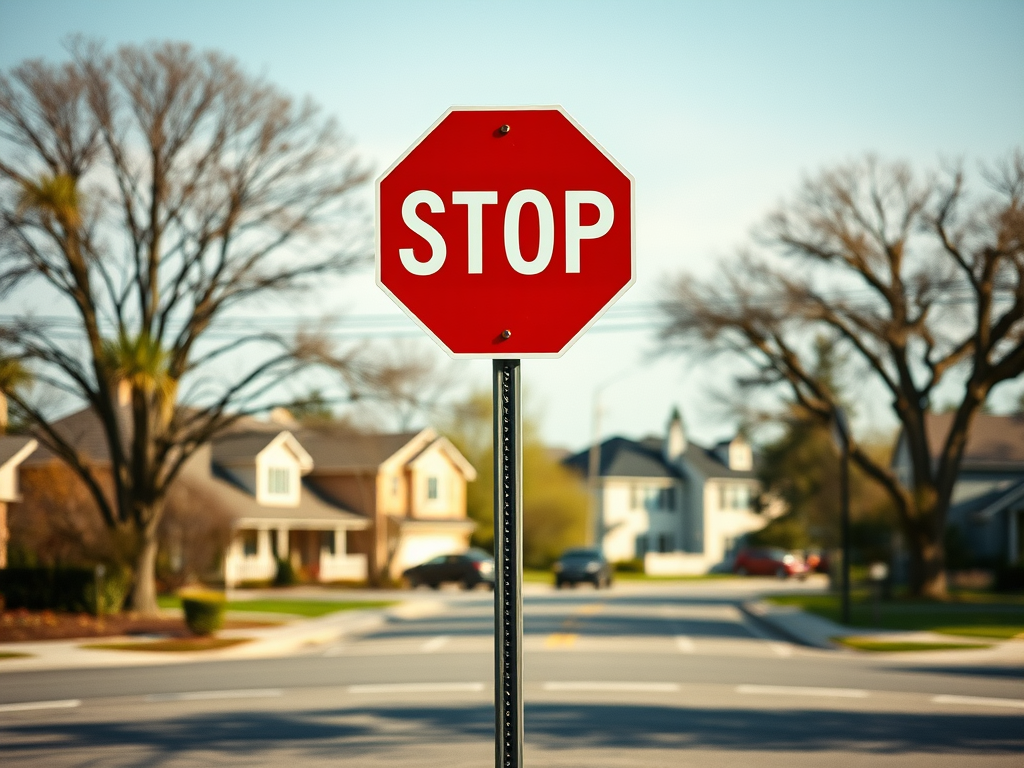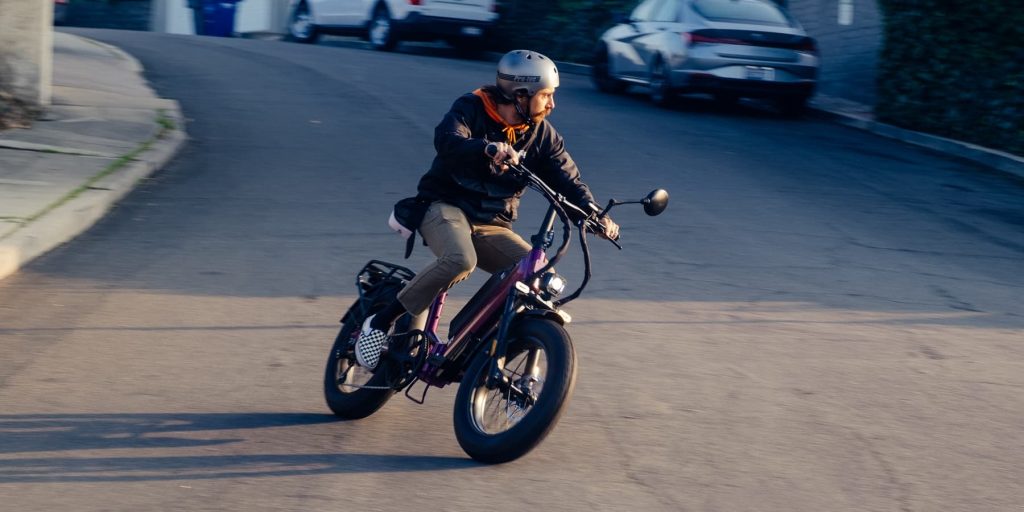
When it comes to greening up our transportation systems and reducing the massive carbon footprint left by our daily commutes, there’s a much better solution than trying to get everyone into an electric car. Encouraging increased cycling, whether on electric bikes or good old-fashioned acoustic bikes, has the biggest impact on reduced emissions and the health and well-being of our society. But with safety at the top of the list of concerns for those switching to a two-wheeled commute, more studies are showing that the best way to protect cyclists at the most dangerous point on their rides is to simply let them blow through stop signs in what is commonly known as an “Idaho stop”.
The Idaho stop gets its name from the state that first enacted it into law back in the 1980s. In an Idaho stop, cyclists are permitted to treat stop signs as yield signs, meaning they slow down and look for traffic before continuing through, no full stop required. In many states, the Idaho stop goes further, not just letting cyclists treat stop signs as yield signs but also treating red lights as stop signs.
There are few things more frustrating to anti-cyclist drivers than seeing a bike rider roll through a stop sign or red light (perhaps seeing them zip past traffic by using the bike lane could be one of them?), but studies are now showing that using an Idaho stop is actually safer than requiring cyclists to come to a full stop at stop signs.

As Alvin Holbrook pointed out in Velo, a recent study by the University of Oregon that put cyclists and drivers in over a dozen “live interaction” four-way intersection scenarios revealed results that may surprise some drivers.
The study found that cyclists preferred the Idaho stop method (which is pretty obvious for a vehicle that works largely by maintaining momentum), but also that when drivers received an education about the rolling stop sign law for cyclists, they approached intersections slower than before and created fewer dangerous scenarios for the cyclists.
Alvin explained, “The main takeaway from the study is that a rolling stop law allowed people biking to do an action they preferred in treating a stop sign as a yield. And once drivers were educated, intersection interactions between people biking and driving were no more dangerous than before introducing the law.”
In other words, safety increased instead of decreasing when an Idaho stop was permitted and when drivers were informed of the law.

That’s just one example, but many studies have confirmed the result that Idaho stops, or rolling stop laws, either increase the safety of road users or have no impact (i.e. are no more dangerous to cyclists than requiring a full stop).
Alvin also pointed to a study from Delaware, one of eight states in the US that has an Idaho stop law on the books, which found a 23% decrease in car/bike crashes at intersections after the Idaho stop law was enacted.
Another study performed in Tampa Bay, Florida, (a state infamous for its questionable drivers) and commissioned by the Florida Department of Transportation, “found that dangerous street design and motorists are what put cyclists at risk, not cyclist behavior.” That study found a nearly 90% traffic law compliance among cyclists, which might surprise drivers who tend to remember the few cases they witness of cyclists breaking traffic law, then projecting that onto all riders. But as the study shows, cyclists are generally incentivized to follow traffic law more than drivers since the risks of not doing so are higher.
The least flattering study on Idaho stops comes from Illinois, where the researchers found no difference in the proportion of crashes after the Idaho stop law was enacted. However, they did find that the severity of those crashes decreased. The result was that cyclists were able to move around more efficiently without increasing the rate of crashes and while decreasing serious crashes.
Even the National Highway and Traffic Safety Administration (NHTSA) highlights the fact that “there is no evidence showing bicyclist stop-as-yield laws have increased bike conflicts with other bikes or pedestrians.”

So why is it safer for cyclists to blow through stop signs or continue through a red light after stopping?
It likely comes down to a number of factors, but several of them lead back to the same underlying issue: intersections are the most dangerous location for cyclists since such intersections are designed for cars, not bikes. When stopped at an intersection, cyclists often disappear from the view of car drivers, blending into the background while drivers instinctively look for other cars. A moving bike is more visible to drivers due to millions of years of evolutionary pressure adapting humans to spot movement.
Top comment by Noah Mayer
Since I started commuting by cycle, I've noticed that intersections are among the most dangerous places. Well, on my commute, at least. Dangerous for pedestrians too. It's true in my experience that drivers look for other drivers and not pedestrians and cyclists.
Ultimately, the best way to make it safer for cyclists is building more dedicated cycling infrastructure. The bonus is that drivers won't have to worry about cyclists being unpredictable or "breaking traffic laws" as much as the reasons for doing so will be reduced
Rolling through stop signs also means cyclists ultimately spend less time in the most dangerous location for them, quickly moving out of intersections and back to the relative safety of bike lanes on straightaways.
And as studies show, cyclists generally don’t blow through stop signs in a dangerous fashion. They’re incentivized to slow down and check for traffic out of sheer self-preservation. They don’t have a 5,000 lb steel cocoon to protect them the way drivers do. This is despite there being a decent chance that the reader’s confirmation bias would argue differently, as it is easy to remember the last time we all saw a cyclist do something dangerous and forget the dozens of cyclists riding safely that we conveniently ignore every day.
But as Alvin points out, “The bottom line is every person on a bicycle has more to lose — and a greater incentive to yield — when entering an intersection than a driver does. A collision between a car and someone walking and biking will always be tilted against the person outside of the car.
Streets are safer when there is a common understanding of what to expect from everyone. Streets are safer when car drivers aren’t able to use stereotypes of cyclists breaking laws to threaten and harass them. And of course, streets are safer when people are biking.”

FTC: We use income earning auto affiliate links. More.






Comments